Three Winners of the New Arts in Public Places Awards
The Hebrides, Helensburgh and John O’Groats scoop prestigious awards for public art
New public artworks in the Hebrides, Helensburgh and John O’Groats have emerged as winners of the Saltire Society's prestigious 2016 Art in Public Places Awards.
The ‘Arts in Public Places Awards’ is the new name for the Arts and Crafts in Architecture Awards which the Saltire Society has been running annually for the past 40 years. This year sees the introduction of a new award category for temporary artworks alongside the existing award for permanent exhibits.
The three winning projects each receive a share of a total prize fund of £4000, part-funded by Creative Scotland. The awards presentation took place today (Thursday, 11th August) at the Saltire Society headquarters in central Edinburgh and is the latest in a busy schedule of awards and events marking the Saltire Society’s 80th anniversary year.
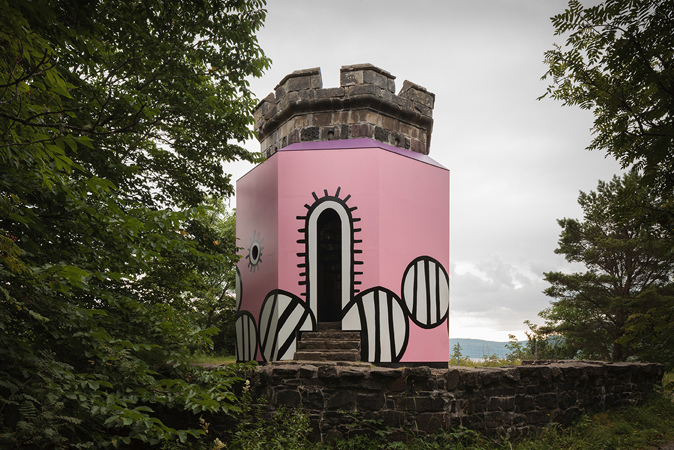
Are you LOCATIONALIZED?
The winner of the new temporary art category of the awards is ‘Are you LOCATIONALIZED?’, an ATLAS Arts commission created by former Glasgow School of Art graduates Joanne Tatham and Tom O’Sullivan spanning the two Hebridean islands of Skye and North Uist. The project included outdoor structures on both islands, a series of photo-works exhibited at Taigh Chearsabhagh Art Centre on North Uist and a dedicated information desk about the project at the ATLAS Arts Office in Portree on the Isle of Skye. ATLAS is an arts organisation dedicated to visual arts projects and education in Skye and Lochalsh.

The Outdoor Museum
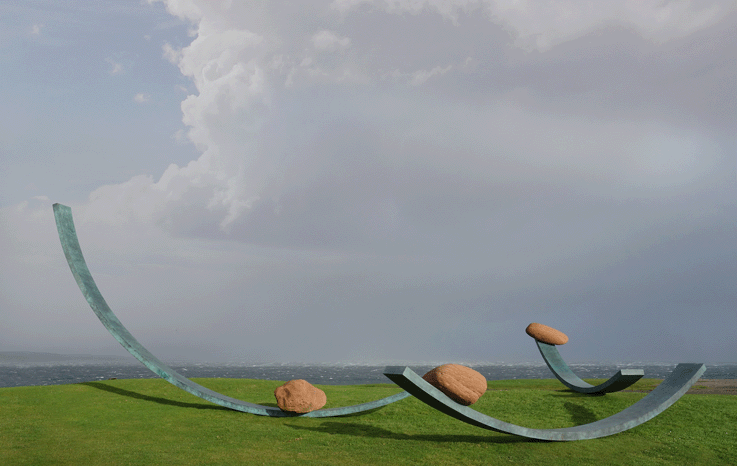
Nomadic Boulders of John O’Groats
Joint winners of the permanent award category were “The Outdoor Museum”, an outdoor display of treasured objects brought forward by local residents and organisations in the Argyll town of Helensburgh and the “Nomadic Boulders of John O’Groats”, a group of three sculptures inspired by the force of the Pentland Firth created by Dundee-based artists Matthew Dalziel and Louise Scullion.
The permanent exhibits on display in central Helensburgh as part of the Outdoor Museum include a series of historical artefacts encapsulated in acrylic, bronze and stone reproductions of original artefacts as well as three specially commissioned artworks by local Helensburgh artist Lesley Carruthers, Edinburgh-based artist Kate Ive and Glasgow-based artist Chris Coleman-Smith. Each object has its own plinth and carries a combination of text and image that place the exhibit in a historical, cultural and geographic context.
The Nomadic Boulders of John O’Groats are part of the wider regeneration of the Caithness village. The sculpture incorporates boulders that were swept up onto a nearby beach after a storm two years ago. The boulders are suspended on three arcs of bronze, creating a dramatic composition reminiscent of the surrounding landscape.
Alongside the three category winners, White Wood, a living monument to peace, created in response to the centenary of the beginning of the First World War and located in the Bin Forest just outside Huntly received a special commendation from the judging panel.
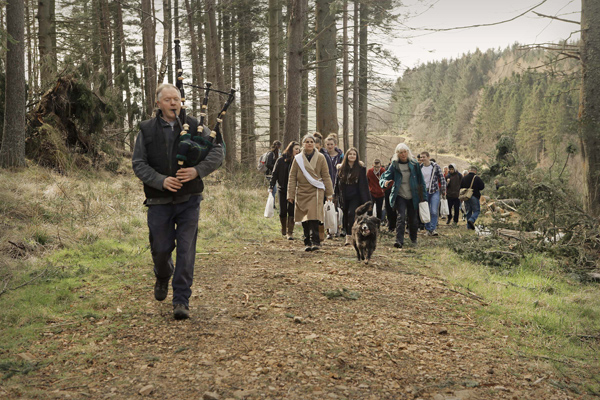
White Wood
White Wood symbolically unites nations once at war by bringing together 49 oaks, grown from acorns from Joseph Beuys’ 7,000 Oaks in Kassel, Germany, stones taken from the French battlefields and the Scottish soil of rural Aberdeenshire. Planted alongside the oaks are 700 native trees and 1,000 other native shrubs and wild flowers, all of a white appearance.
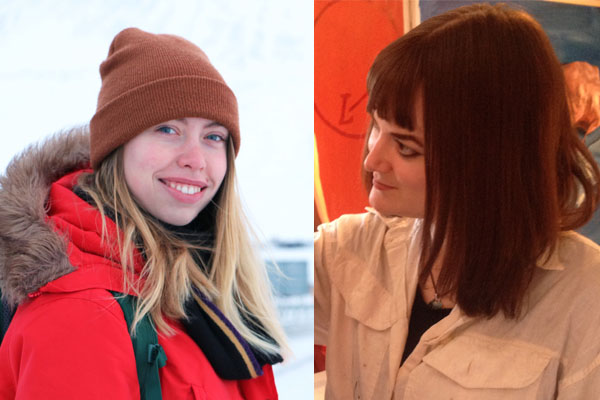
The awards ceremony also included the announcement of the winner of the 2016 International Travel Bursary for Visual Arts, supported by British Council Scotland. This year’s winner was Ellis O’Connor, a recent graduate of Duncan of Jordanstone College of Art & Design in Dundee. Ellis plans to use the £1,500 bursary to fund her participation in a four week Arctic Circle Residency Programme around the remote Norwegian Archipelago of Svalbard.
Also announced as part of the ceremony was the winner of the £13,000 Steven Campbell New York Scholarship, made possible through a collaboration between the Saltire Society, the Steven Campbell Trust (founded in memory of renowned Glasgow-born artist Steven Campbell), International Studio and Curatorial Programme (New York) and Creative Scotland. Winner Claire Paterson, a graduate of Glasgow School of Art, will take up a three month residency as part of the International Studio and Curatorial Programme (ISPC) in Brooklyn. She will be given dedicated studio space and the unique opportunity to work alongside 45 fellow artists in residence – and becomes the first ever Scottish artist to receive a place at the internationally recognised studio.
2016 Entries
View some of this years entries for the Art in Public Places Awards which highlight excellence, demonstrating how arts and crafts can be an intrinsic and beautiful part of our built environment.
Are you LOCATIONALIZED?
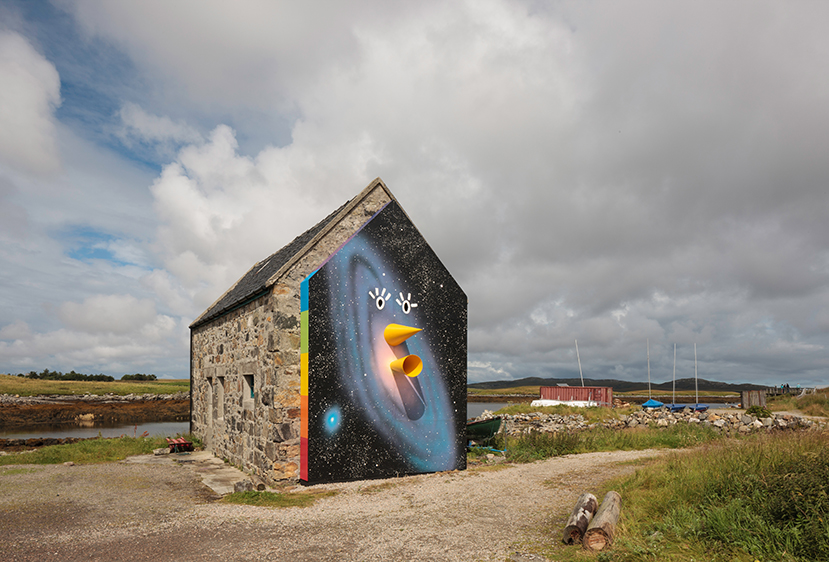
Are You LOCATIONALIZED was an ATLAS Arts commision by Joanne Tatham and Tom O’Sullivan and was part of GENERATION : 25 Years of Contemporary Art in Scotland. It was an ambitious artwork that spanned the two Hebridean Islands of Skye And North Uist and brought together a number of elements, including; two outdoor structures, one on each of the islands, a series of photo-works within Taigh Chearsabhagh Art Centre on North Uist, an information desk (with information) within the ATLAS Arts Office in Portree. These elements were positioned in relation to their context, and to each other, in order to build a complex, cumulative artwork that explored the situation it was in (and perhaps provoked viewers to think likewise).
Kilsyth Community Health Centre Public Art
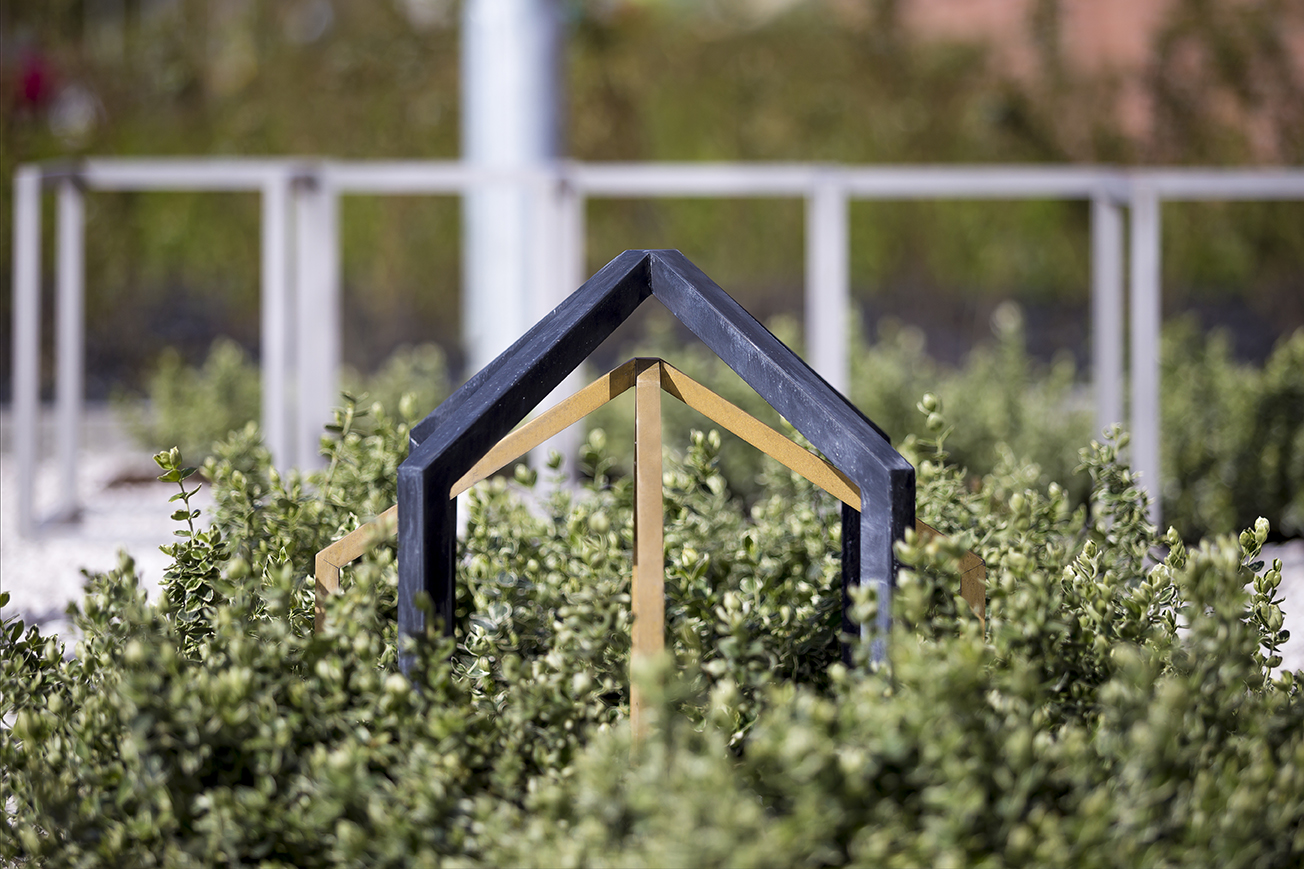
This project was commissioned by NHS to develop and Arts Strategy for 3 new health centres being built in Kilsyth, East Kilbride and Wishaw. Kilsyth was the first to be completed and the outcome, as described by the client, was a dynamic, accessible and diverse art intervention that has captivated the public and residents of Kilsyth.
Nomadic Boulders of John O'Groats
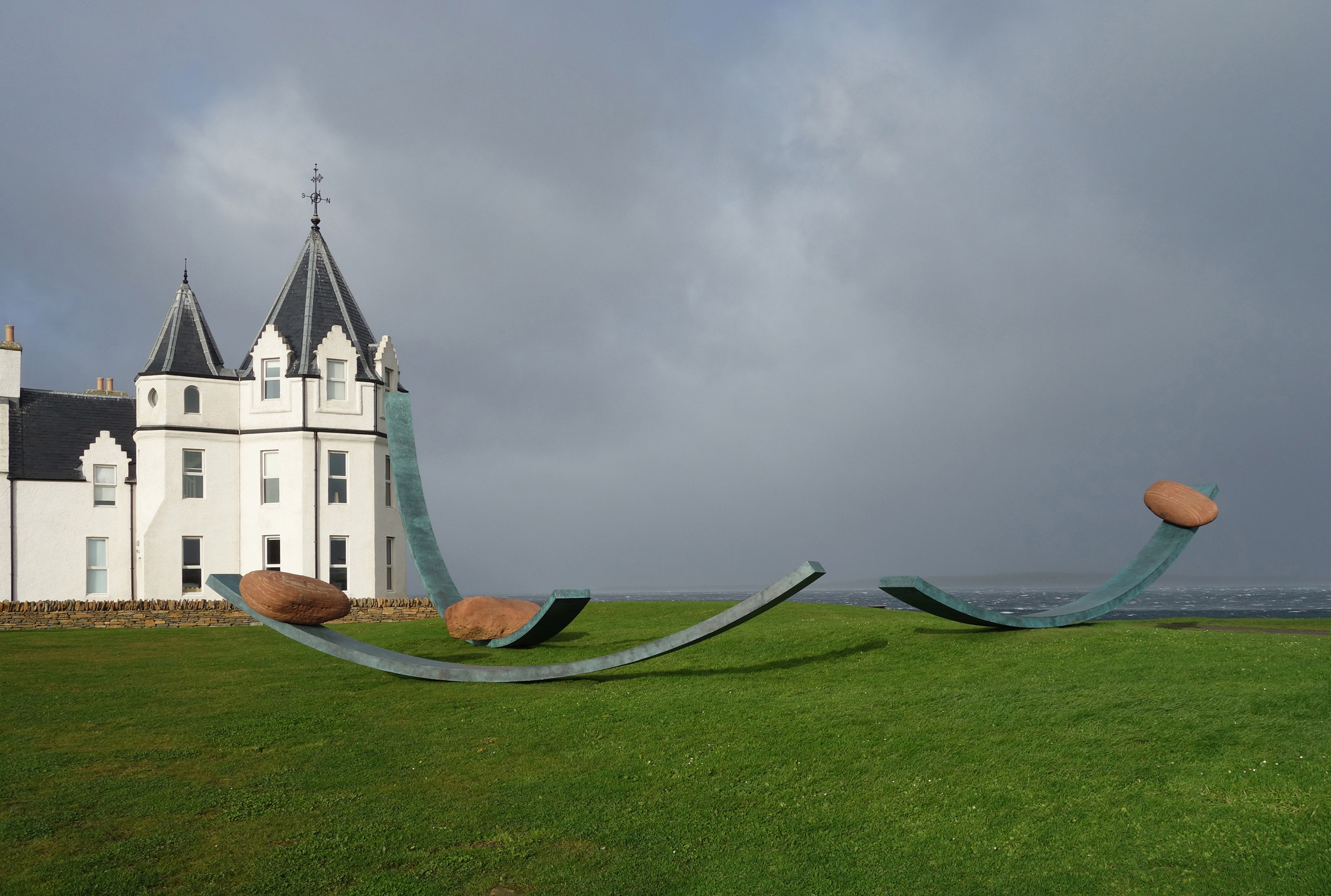
The Nomadic Boulders of John O'Groats are a group of three sculptures inspired by the force of the Pentland Firth created by Dundee-based artists Matthew Dalziel and Louise Scullion. The sculpture, which is part of the wider regeneration of John O’Groats, incorporates boulders that were swept up on to a nearby beach after a storm two years ago which are suspended on three arcs of bronze creating a dramatic composition reminiscent of the surrounding landscape.
Patterns of Flora
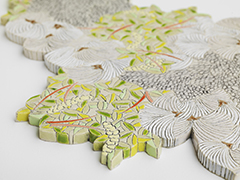
Patterns of Flora | Mapping Seven Raasay Habitats celebrates the unique and diverse plant life on the Isle of Raasay. The commission saw Frances Priest make a bespoke collection of ceramic artworks (doorhandles, fingerplates and tiles) to be permanently sited in the historical clan house. The designs were based on seven different plant habitats and connect to an illustrated map of botanical walks across the island, made available for visitors. The project was commissioned by ATLAS Arts and developed collaboratively with local botanist Stephen Bungard and Raasay House.
River Spirit
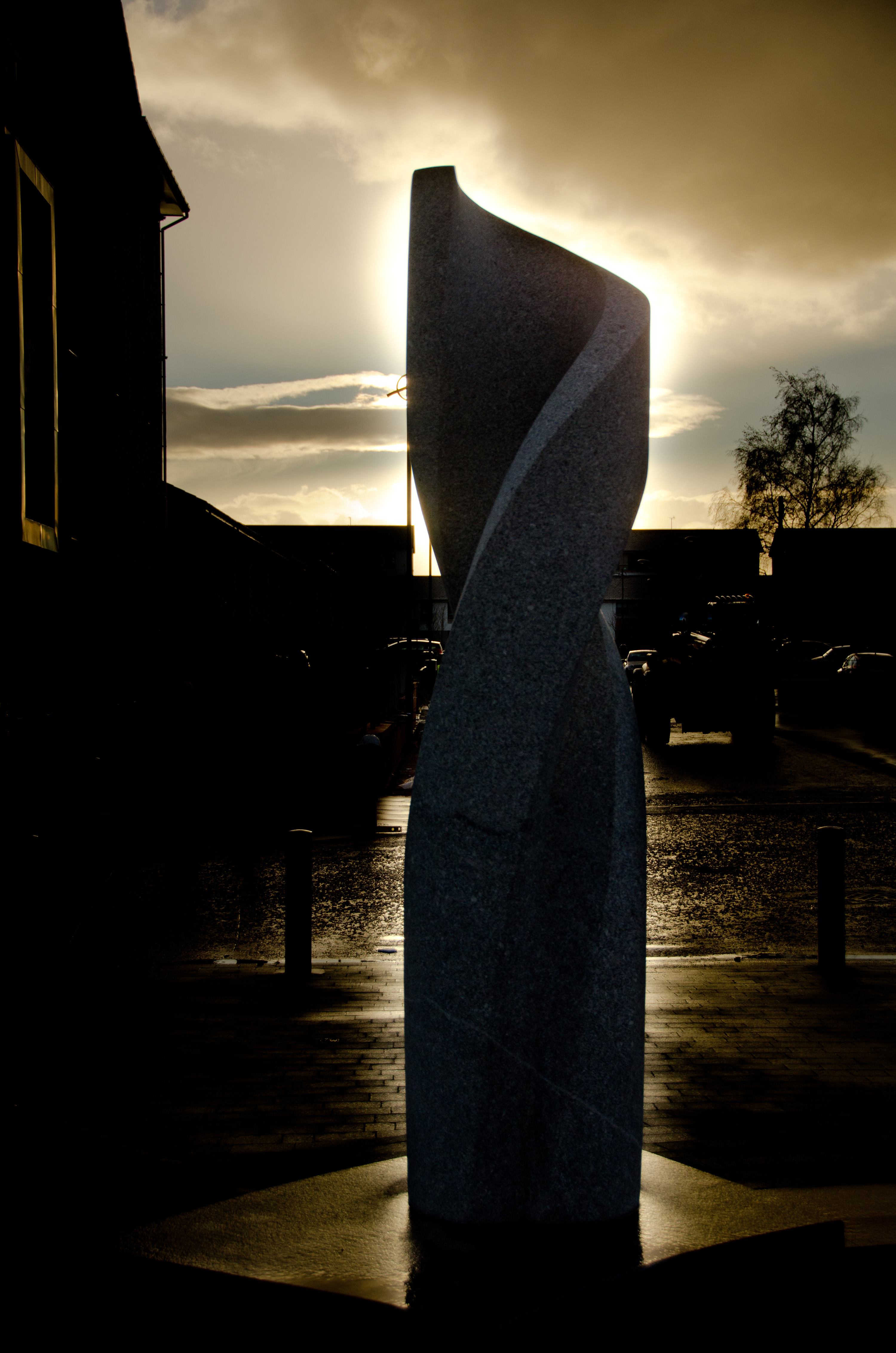
The River Spirit by Scottish artist Kate Thomson of Ukishima Sculpture Studio, was commissioned by Avant Homes and is a permanent public artwork uniquely site-specific to Oatlands Square, Glasgow. Kate’s design evolved in consultation with local people through a series of public exhibitions, meetings and workshops. The concept is making links between people and their social, natural and built environment, by creating an iconic open-air community focus with a distinctive sense of place for people to meet and relax together, a welcoming, accessible and inclusive stage for events and the “theatre of life”, a crucible for local stories and memories for generations to come.
The Chlorophylls
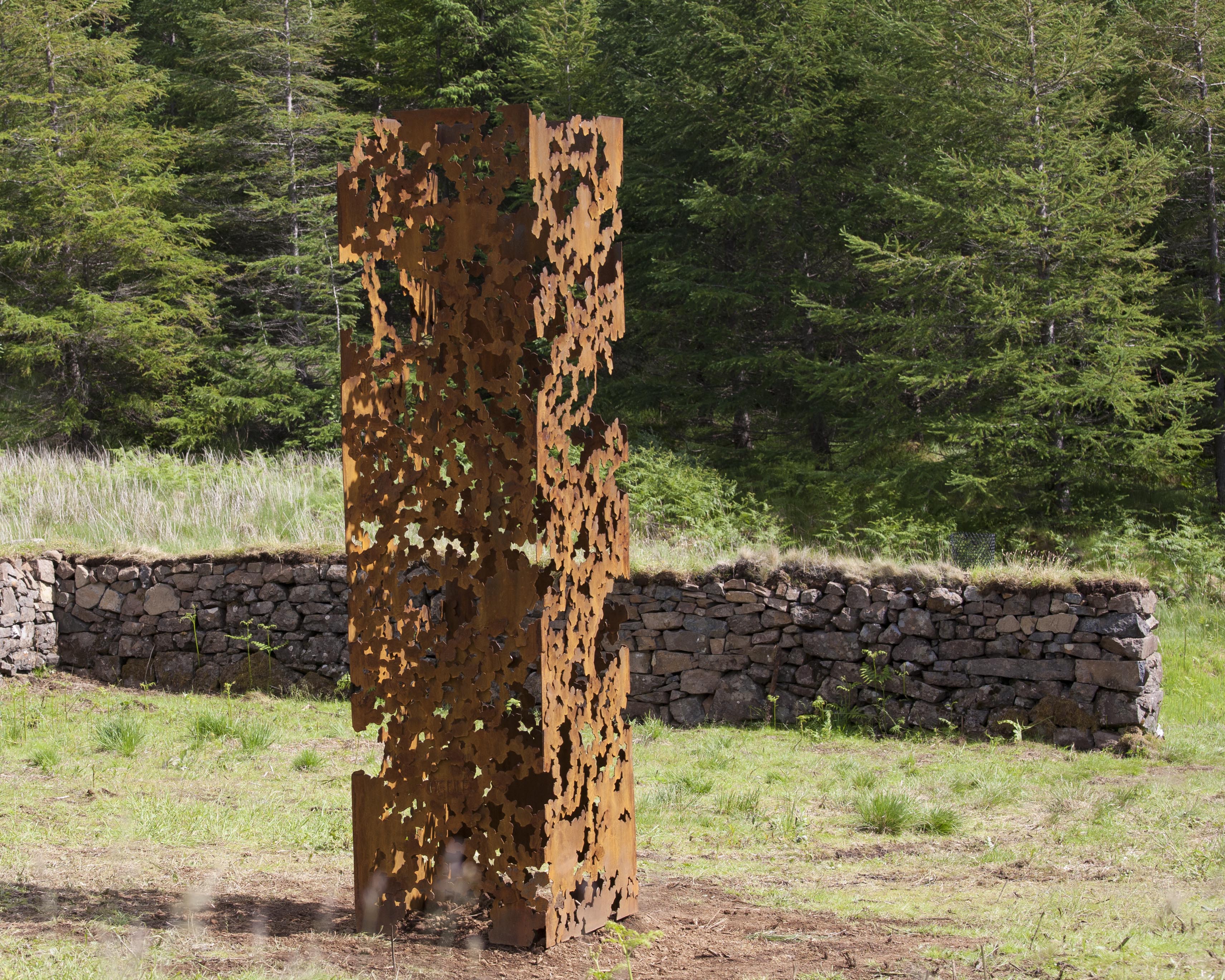
In January 2015, artist Andrea Geile was commissioned by Comar - following the vision of the late artist Emma Herman Smith- to design and install 'The Chlorophylls', a permanent Corten-steel artwork within a newly restored and repurposed FANK, a large stone enclosure in the forests of Mull. The sculpture celebrates the collective effort in restoring this extraordinary heritage site.
The Great Tapestry of Scotland

The Great Tapestry of Scotland is one of the UK’s largest ever community arts projects. Across Scotland over 1,000 stitchers worked for a year to complete an embroidered tapestry measuring 140m that tells the stories of Scotland’s history and celebrates the whole of Scotland as a distinctive place. The project was spearheaded by best-selling author Alexander McCall Smith. Historian, Alistair Moffat worked with artist Andrew Crummy to select 160 historical topics that collectively give an overview of Scotland’s historical story and identity.
The Mural Project
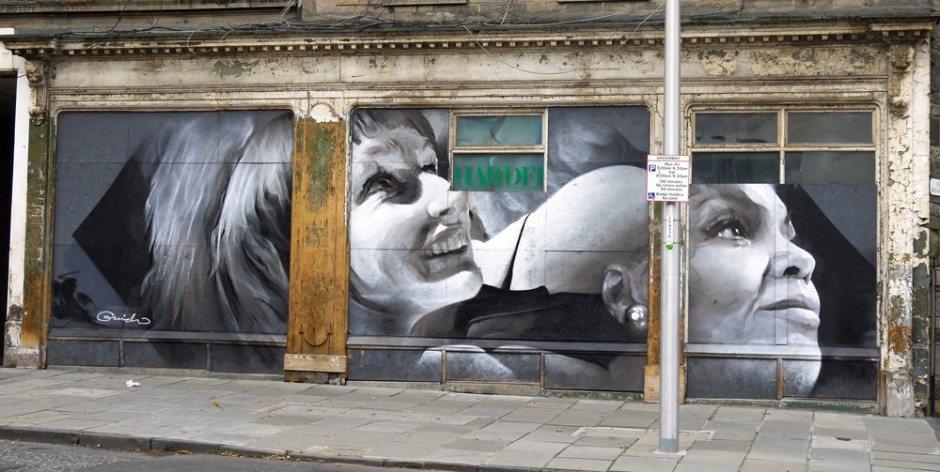
The Mural Project has been running since July 2013 and has encompassed a total of 5 public mural artworks to date, some temporary and some permanent. The growing bank of mural artworks being produced in the Leith area by LeithLate not only contributes to the general improvement of the local area, but also to a distinctive quality of place.
The Outdoor Museum
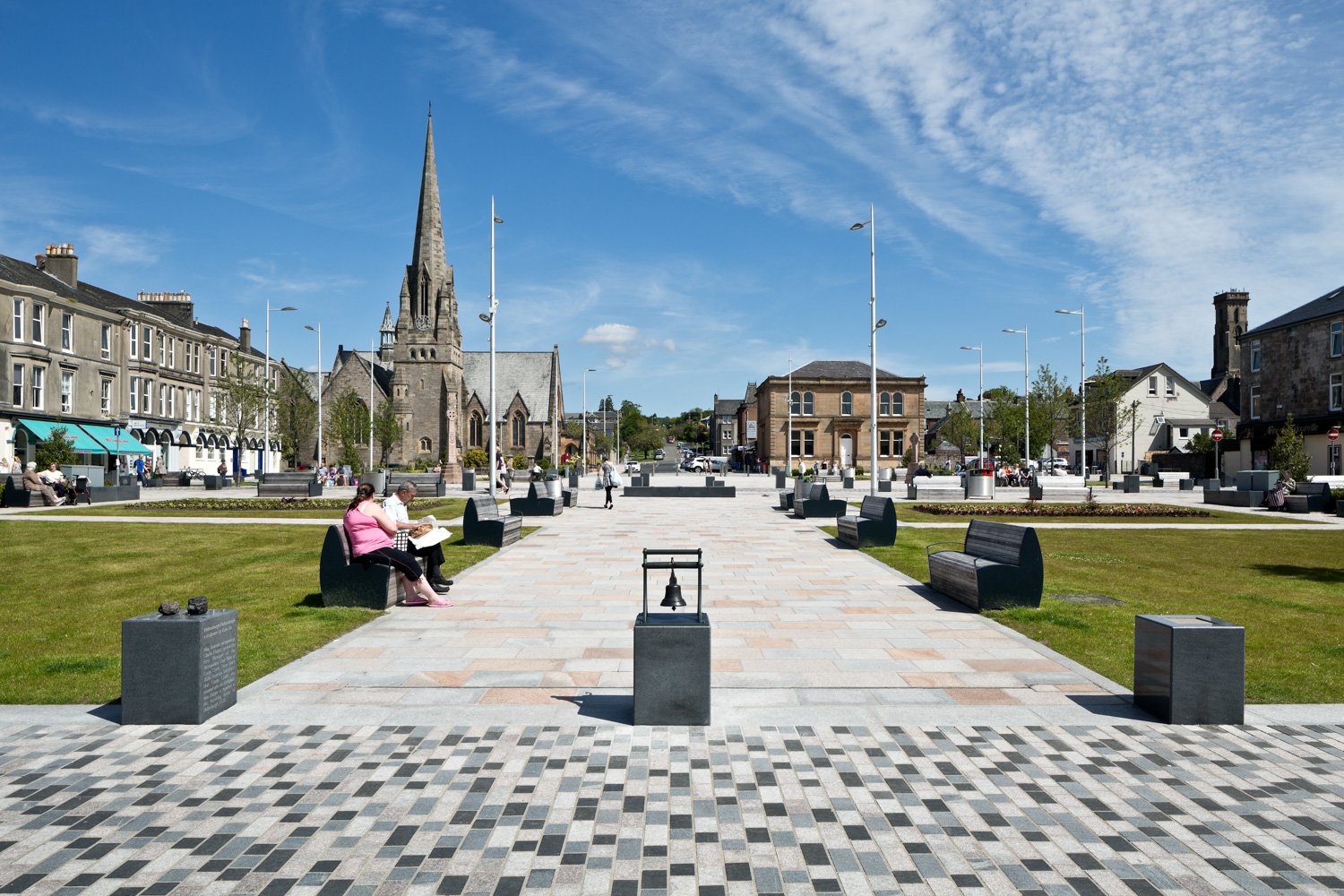
2015 saw the launch of Scotland’s first Outdoor Museum, developed and delivered by art organisation WAVEparticle as part of Argyll & Bute Council’s Helensburgh CHORD project. The Outdoor Museum proudly displays a collection of treasured objects brought forward by local residents and organisations in the town. These permanent exhibits include a series of historic artefacts encapsulated in acrylic; bronze and stone reproductions of original artefacts; and three specially commissioned artworks by artists Lesley Carruthers, Kate Ive and Chris Coleman-Smith. Each object has its own plinth and carries a combination of text and image that place the exhibit in a historical, cultural and geographic context.
The Pyramid Viewpoint
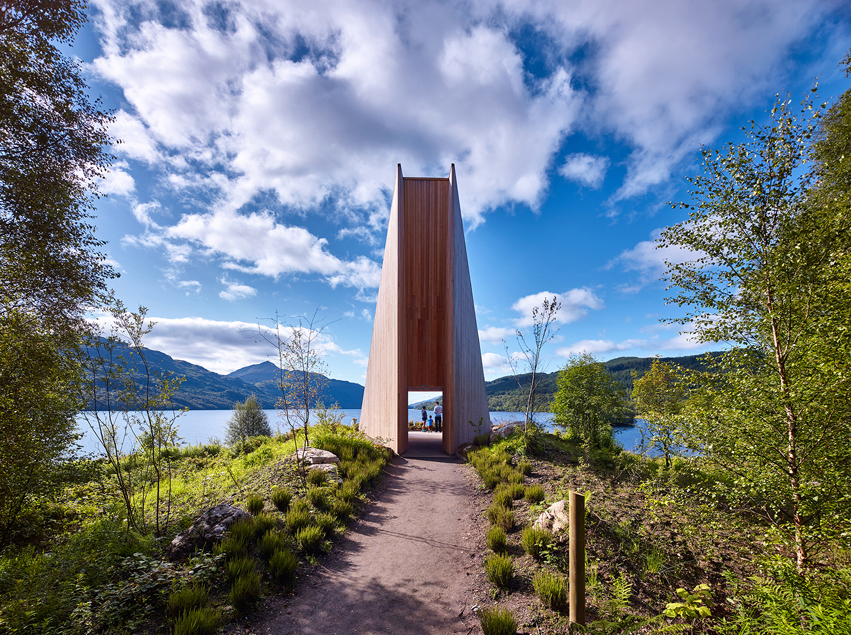
This 8m-high pyramid-shaped viewpoint can be found on the west banks of Loch Lomond in Argyll. The structure - named An Ceann Mor - is the fourth and final installation of a pilot project for Scottish Scenic Routes. An Ceann Mor - which means large headland in Gaelic - was designed by Daniel Bar, Stephane Toussaint and Sean Edwards. The structure is clad in sustainable timber which, over time, will fade to a silver-grey to blend in with the landscape. This innovative structure allows visitors to take in the much loved views of the area in a whole new way.
White Wood
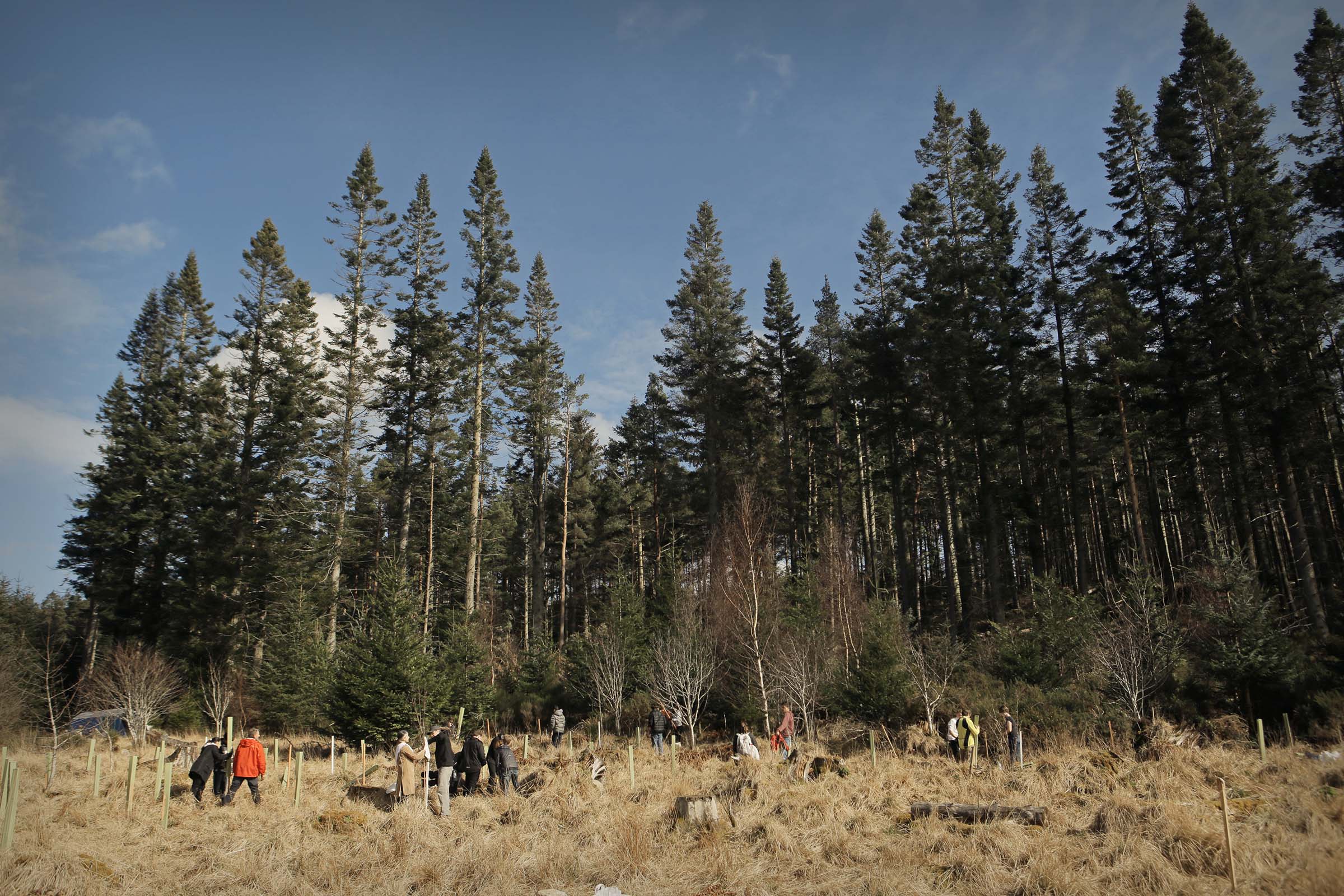
White Wood is a living monument to peace, which will develop over the next 300 years. It was created by artist Caroline Wendling and the community of Huntly, in response to the centenary of the beginning of the First World War. The wood is located in the Bin Forest, just outside Huntly, a town with a strong military history. It symbolically unites nations once at war by bringing together 49 oaks, grown from acorns from Joseph Beuys’ 7000 Oaks in Kassel/Germany, stones from French battlefields, and Scottish soil. Planted alongside the oaks are 700 native trees and 1000 other native shrubs and wild flowers, all of a white appearance.
Words on the Streets
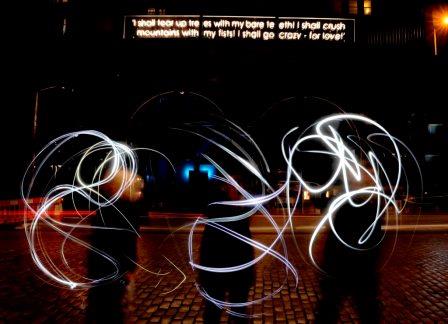
Words on the Streets is a campaign launched by Edinburgh City of Literature which saw the capital city being lit up with captivating quotations to celebrate Edinburgh's long history in publishing and literature. The highlight of the campaign was when Terry Gilliam, the international director, screenwriter, animator and Monty Python member, unveiled a 10 metre wide illuminated neon-effect sign displaying a quote from Miguel Cervantes’ Don Quixote on Jeffrey Street in the heart of Edinburgh’s Old Town.